Home>diy>Architecture & Design>What Is The Best Laptop For CAD Programs


Architecture & Design
What Is The Best Laptop For CAD Programs
Modified: August 26, 2024
Looking for the best laptop for CAD programs? Discover top recommendations for architecture and design enthusiasts, ensuring optimal performance and efficiency.
(Many of the links in this article redirect to a specific reviewed product. Your purchase of these products through affiliate links helps to generate commission for Storables.com, at no extra cost. Learn more)
Introduction
When it comes to working with CAD programs, having a powerful and efficient laptop is crucial. CAD (Computer-Aided Design) software requires significant processing power, memory, and graphics capabilities to handle complex designs and simulations. A well-designed laptop will not only enhance your productivity but also provide a smooth and seamless CAD experience.
Choosing the right laptop for CAD programs can be a daunting task, considering the multitude of options available in the market. Each laptop has its own set of specifications and features that can impact its performance with CAD software. To help you make an informed decision, this article will guide you through the essential factors to consider when choosing a laptop for CAD programs and highlight some of the top-performing laptops in this category.
Many factors contribute to a laptop’s suitability for CAD programs, including the processor, graphics card, RAM, storage, display quality, connectivity options, battery life, and price range. By understanding the importance of each factor, you’ll be able to narrow down your options and find the perfect laptop to meet your needs.
Key Takeaways:
- Choosing the best laptop for CAD programs involves considering factors such as a powerful processor, dedicated graphics card, ample RAM, high-quality display, and longer battery life to ensure a seamless and productive CAD experience.
- Top-performing laptops for CAD work include the Dell XPS 15, HP ZBook Studio G7, Lenovo ThinkPad P15, ASUS ProArt StudioBook Pro 17, Microsoft Surface Book 3, and Apple MacBook Pro, each offering the necessary specifications and performance capabilities for demanding CAD projects.
Read more: What Is The Easiest CAD Program To Learn
Factors to consider when choosing a laptop for CAD programs
When selecting a laptop for CAD programs, it’s essential to consider several factors to ensure optimal performance and compatibility with the software. Let’s explore each factor in detail:
- Processor and performance: The processor is the heart of a laptop and plays a crucial role in CAD software. Look for laptops with powerful processors, such as Intel Core i7 or i9, or AMD Ryzen 7 or 9. Multiple cores and high clock speeds are desirable for handling complex designs and simulations efficiently.
- Graphics card: CAD programs heavily rely on graphics processing, so a dedicated graphics card is vital. Look for laptops with NVIDIA GeForce RTX or Quadro series graphics cards. These GPUs are specifically optimized for CAD applications and can handle the demanding graphics requirements with ease.
- RAM: Random Access Memory (RAM) determines how well a laptop can handle multiple tasks simultaneously. Opt for at least 16GB of RAM, although 32GB or higher is recommended for handling large CAD models and rendering complex visualizations.
- Storage: CAD software requires ample storage space to store project files, installations, and other data. A combination of solid-state drive (SSD) and hard disk drive (HDD) is ideal. SSDs provide fast boot times and quick file access, while HDDs offer larger storage capacities.
- Display quality and resolution: CAD work involves detailed designs, so a high-quality display is essential. Look for laptops with IPS panels, which provide excellent color accuracy and viewing angles. A resolution of at least 1920×1080 (Full HD) is recommended, but higher resolutions like 4K provide even more clarity.
- Connectivity options: CAD professionals often need to connect various peripherals and transfer large files. Make sure the laptop includes sufficient USB ports, an HDMI port, an SD card reader, and preferably a Thunderbolt 3 port for high-speed data transfer.
- Battery life: CAD work can be power-intensive, and it’s important to have a laptop with decent battery life to avoid interruptions. Look for laptops with longer battery life or ones that offer the flexibility to swap in an extra battery.
- Price range: Laptops with the ideal specifications for CAD programs often come at a premium price. Set a budget range and prioritize the features that are most important for your work while considering the cost.
By considering these factors, you can narrow down your options and find a laptop that meets your CAD program requirements. Remember that the right balance of specifications will give you a seamless CAD experience and enhance your productivity.
Processor and Performance
The processor is one of the most critical components to consider when choosing a laptop for CAD programs. It determines the overall performance and speed of the laptop, particularly when handling complex designs, simulations, and calculations.
When it comes to processors, Intel Core i7 and i9, as well as AMD Ryzen 7 and 9, are highly recommended for CAD work. These processors offer multiple cores and high clock speeds, allowing for efficient multitasking and faster rendering times. The more cores a processor has, the better it can handle intensive tasks.
CAD software often relies on single-threaded performance, meaning that high single-core clock speeds are crucial to ensure smooth operation. A higher clock speed allows for faster execution of instructions, resulting in snappier navigation and quicker response times within the software.
Additionally, consider the generation of the processor. Newer generations usually offer better performance and energy efficiency compared to older ones. For Intel processors, the latest generation is the 11th generation (Tiger Lake), while for AMD processors, it’s the Ryzen 5000 series.
It’s also worth noting that some CAD programs can take advantage of GPU acceleration through technologies like CUDA or OpenCL. In these cases, having a laptop with a powerful dedicated graphics card, such as NVIDIA GeForce RTX or Quadro series, can significantly boost performance.
When selecting a laptop, ensure that it has a cooling system capable of handling the heat generated by the powerful processor. A good cooling system prevents throttling and allows the processor to maintain its peak performance during long CAD sessions.
In summary, when it comes to processor and performance, look for a laptop with a powerful processor that offers multiple cores, high clock speeds, and sufficient cooling capabilities. This combination will ensure a seamless CAD experience with smooth navigation, fast rendering, and efficient multitasking.
Graphics Card
A high-quality graphics card is essential for a laptop used for CAD programs. CAD software relies heavily on graphics processing for rendering complex designs, performing simulations, and displaying 3D models. Therefore, having a dedicated graphics card can significantly enhance performance and productivity.
One of the most popular graphics card manufacturers for CAD work is NVIDIA. They offer a range of GPUs suitable for different CAD applications. Two series commonly used are the NVIDIA GeForce RTX and Quadro series.
The NVIDIA GeForce RTX series is known for its excellent performance and real-time ray tracing capabilities. These graphics cards excel in rendering high-quality visuals, allowing designers to get a realistic preview of their designs. They also offer features like AI acceleration and deep learning, which can enhance workflows and improve performance in certain CAD applications.
On the other hand, the NVIDIA Quadro series is specifically designed for professional use, including CAD work. These graphics cards are optimized for stability, reliability, and compatibility with CAD software. They offer advanced features like error-correction memory and higher precision calculations, ensuring accurate and precise simulation results.
When choosing a laptop for CAD programs, consider the specific requirements of the CAD software you’ll be using. Some programs, such as Autodesk’s AutoCAD or SOLIDWORKS, may benefit from NVIDIA Quadro GPUs, while others, like Dassault Systèmes’ CATIA or Siemens PLM Software’s NX, may perform optimally with the GeForce RTX series.
It’s important to note that a dedicated graphics card not only enhances CAD performance but also allows for smoother and more immersive design experiences. Real-time rendering, dynamic lighting, and accurate shading contribute to a more realistic representation of your designs, allowing you to spot potential issues and make necessary adjustments more efficiently.
Lastly, ensure that the laptop has adequate VRAM (Video Random Access Memory) for the graphics card. Higher VRAM capacity enables better handling of larger models and complex visualizations, reducing the likelihood of lag or frame drops.
Overall, a laptop with a dedicated graphics card, be it from the NVIDIA GeForce RTX or Quadro series, will provide the graphical power necessary for fluid CAD performance and deliver a visually stunning experience.
RAM (Random Access Memory)
RAM, or Random Access Memory, is a crucial component to consider when choosing a laptop for CAD programs. It plays a vital role in the overall performance and responsiveness of your laptop while dealing with complex CAD designs and simulations.
The amount of RAM you should aim for depends on the complexity of your CAD projects. For most CAD applications, a minimum of 16GB of RAM is recommended. This provides enough memory for smooth multitasking and handling moderately large projects.
However, if you work with more demanding CAD software or deal with large models and assemblies, consider upgrading to 32GB or even 64GB of RAM. Having more RAM allows for better performance when working with complex designs, as it enables smoother navigation, faster calculations, and shorter loading times.
It’s worth noting that RAM requirements can vary depending on the specific CAD software you use and the size and complexity of your projects. Therefore, it’s essential to check the recommended system specifications provided by the software manufacturer.
In addition to the amount of RAM, pay attention to its frequency or speed. Higher-frequency RAM can deliver faster data access and transfer rates, resulting in improved overall system performance. Look for laptops with DDR4 RAM, preferably with speeds of 2666MHz or higher.
An important consideration is that some CAD applications support GPU acceleration, utilizing the graphics card’s VRAM for certain calculations. In such cases, having sufficient system RAM ensures that there is enough memory available for both the system and the graphics card, preventing performance bottlenecks.
Another factor to consider is the expandability of the laptop’s RAM. Some laptops come with user-upgradeable RAM slots, allowing you to add more RAM in the future if needed. This can be beneficial if you want to future-proof your laptop and accommodate larger projects or new software versions down the line.
Ultimately, having an ample amount of RAM is essential for smooth CAD operation, efficient multitasking, and handling larger design projects. It helps reduce lag, improves performance, and allows for a seamless and responsive CAD experience, enhancing productivity and creativity.
Read more: How Much Does A CAD Program Cost
Storage
Storage is a crucial consideration when choosing a laptop for CAD programs. CAD software often involves working with large design files, installations, and project data, making sufficient and efficient storage essential for smooth workflow and data management.
Generally, laptops offer two types of storage options: solid-state drives (SSDs) and hard disk drives (HDDs). Each has its own advantages and considerations.
SSDs are faster and more efficient than HDDs due to their lack of moving parts. They provide faster boot times, quick file access, and overall snappier performance. Choosing a laptop with an SSD as the primary storage drive will greatly enhance the speed and responsiveness of your CAD applications.
On the other hand, HDDs offer larger storage capacities at a more affordable price point. They are ideal for storing large files that you don’t access frequently, such as archived projects or resource libraries. Having a secondary HDD alongside the primary SSD can provide the best of both worlds: fast performance and ample storage space.
When deciding on storage capacity, consider the size of your CAD projects, the amount of data you’ll be working with, and your future expansion needs. CAD files can grow in size rapidly, especially when working on complex designs or multiple projects simultaneously. Aim for a minimum of 512GB of SSD storage, but consider larger capacities if you anticipate working with larger projects or require room for future growth.
Another option to consider is hybrid drives, which combine the benefits of SSD and HDD storage. These drives feature a smaller SSD cache for frequently accessed files, allowing for faster read/write speeds, while still providing the larger storage capacity of an HDD. Hybrid drives can be a cost-effective solution if you need a good balance between speed and storage capacity.
Additionally, cloud storage services can be a valuable tool for CAD professionals, providing an off-site backup and easy access to your files from multiple devices. Consider utilizing cloud storage solutions as a supplement to your laptop’s internal storage to ensure your project data is secure and easily accessible.
Ultimately, the choice of storage depends on your specific needs and budget. Opting for a laptop with a combination of SSD and HDD, or a hybrid drive, can provide the best of both worlds in terms of speed, storage capacity, and affordability. It’s important to strike a balance based on your CAD workflow and data management requirements.
Look for a laptop with a powerful processor (Intel Core i7 or AMD Ryzen 7), dedicated graphics card (NVIDIA Quadro or AMD Radeon Pro), at least 16GB of RAM, and a solid-state drive (SSD) for fast storage and loading times.
Display Quality and Resolution
Display quality and resolution play a significant role in the overall CAD experience. When working on intricate designs, it’s crucial to have a high-quality display that accurately represents colors, details, and dimensions. Let’s explore the key factors to consider when evaluating display quality for CAD programs.
IPS Panels: Look for laptops equipped with In-Plane Switching (IPS) panels. IPS technology offers excellent color accuracy, wide viewing angles, and vibrant visuals. These features are essential for accurately visualizing your designs and sharing them with others during collaborative sessions or client presentations.
Resolution: A higher resolution display can provide more screen real estate, allowing for better multitasking and more visible details. While a resolution of 1920×1080 pixels (Full HD) is the minimum requirement, consider opting for a higher resolution such as 2560×1440 (QHD) or even 3840×2160 (4K) if your budget allows. A higher resolution will result in sharper images, clearer texts, and more precise detailing in your CAD work.
Color Accuracy: CAD professionals often work with color-critical projects, such as architectural or industrial designs that require precise color reproduction. Look for laptops that offer a high color gamut, such as 100% sRGB or Adobe RGB. These laptops will provide more accurate color representation, resulting in better visual accuracy when working with project-specific color schemes or collaborating with colleagues.
Brightness and Contrast: Adequate brightness and contrast levels are essential for ensuring better visibility, especially when working in various lighting conditions. Look for laptops with a minimum brightness of 300 nits or higher and a contrast ratio of at least 1000:1. A brighter display will help reduce eye strain and improve the overall visual experience.
Touchscreen Capability: Touchscreens can provide an intuitive and interactive CAD experience, allowing you to zoom, pan, and manipulate designs with touch gestures. While not strictly necessary, a touchscreen can enhance your workflow and provide a more hands-on approach to design and navigation within CAD software.
Screen Size: Consider the size of the laptop’s display based on your needs and portability preferences. A larger screen may offer more workspace but could also make the laptop heavier and less portable. On the other hand, a smaller screen may be more lightweight and compact, but it might limit the amount of information visible at once. Strike a balance between screen size, portability, and your working style.
Remember to calibrate your laptop’s display using software or external calibration devices to ensure accurate color representation and optimal visual performance.
Overall, choosing a laptop with a high-quality display that offers excellent color accuracy, sufficient resolution, and good brightness and contrast levels will enhance your CAD workflow, provide accurate visual representation, and ultimately contribute to better design outcomes.
Connectivity Options
When selecting a laptop for CAD programs, it’s essential to consider the available connectivity options to ensure seamless data transfer, peripheral connections, and compatibility with external displays or projectors. Let’s explore some key connectivity features to look for:
USB Ports: USB ports are fundamental for connecting various peripherals, such as a mouse, keyboard, external hard drives, or 3D printers. Make sure the laptop has an adequate number of USB ports, including USB 3.0 or USB 3.1 for faster data transfer speeds.
HDMI or DisplayPort: These ports are crucial for connecting your laptop to external monitors or projectors. An HDMI port allows you to connect to most standard displays, while a DisplayPort offers higher compatibility with professional-grade monitors.
Thunderbolt 3: Thunderbolt 3 is a versatile port that combines high-speed data transfer, video output, and power delivery in a single cable. It offers faster data transfer speeds than traditional USB ports and can accommodate high-resolution displays and external storage devices. Thunderbolt 3 also allows you to daisy-chain multiple devices together, simplifying your workstation setup.
SD Card Reader: An SD card reader is useful for quickly transferring files from digital cameras or other devices that use SD memory cards. It provides a convenient and efficient way to access and transfer large image or video files without the need for additional adapters.
Ethernet Port: While many laptops now prioritize wireless connectivity, having an Ethernet port can be beneficial when working in an environment where a stable and high-speed wired internet connection is essential.
Wireless Connectivity: Ensure that the laptop has built-in Wi-Fi capabilities, preferably supporting the latest Wi-Fi 6 (802.11ax) standard, for fast and reliable wireless internet connectivity. Bluetooth support is also useful for connecting wireless peripherals, such as a mouse or headset.
Docking Station Compatibility: If you plan to use your laptop as a primary workstation, consider whether it is compatible with docking stations. A docking station offers additional ports, including multiple USB ports, display outputs, and sometimes Ethernet connectivity, allowing you to connect everything to the dock and easily dock or undock your laptop as needed.
When evaluating connectivity options, think about your specific workflow and the peripherals you use regularly. Ensure that the laptop provides enough ports and compatibility to connect all your essential devices without the need for additional adapters or dongles.
Remember to also consider the location and physical arrangement of the ports. For example, having an HDMI port on the side of the laptop rather than the rear can make it easier to connect and disconnect external displays.
By selecting a laptop with the right connectivity options, you can streamline your CAD workflow, effortlessly connect peripherals, and ensure seamless data transfer and collaboration throughout your design process.
Battery Life
Battery life is an important factor to consider when choosing a laptop for CAD programs. CAD work can be power-intensive and time-consuming, requiring long hours of uninterrupted usage. Therefore, having a laptop with sufficient battery life ensures that you can work on your projects without constantly worrying about finding a power outlet.
When evaluating battery life, it’s essential to keep in mind that CAD software and heavy multitasking can drain the battery quickly. However, some laptops are designed with power efficiency in mind or come with larger battery capacities, resulting in longer runtimes.
The advertised battery life provided by manufacturers can be a good indicator of overall performance, but it’s important to consider real-world usage scenarios. Factors such as screen brightness, number of active applications, wireless connectivity, and the intensity of CAD operations can significantly impact battery life.
If you anticipate working on CAD projects on the go for an extended period, look for laptops that offer at least 8-10 hours of battery life. This will ensure enough power to handle several hours of intensive CAD work without needing to be constantly plugged in.
Another consideration is the ability to add an extra battery or extend the battery life through power-saving features. Some laptops have removable batteries or offer the option to swap in a higher-capacity battery, enabling even longer usage times. Power-saving features, such as dimming the display, disabling background processes, or adjusting performance settings, can also help conserve battery life when necessary.
Since battery life can vary significantly depending on usage patterns and settings, it’s advisable to read reviews from trusted sources and gather real-world feedback from users who have used the laptop for CAD work. This can give you a more accurate idea of the battery performance under actual usage conditions.
Lastly, consider the portability factor when evaluating battery life. If you frequently work in different locations or need to travel, a laptop with longer battery life gives you more flexibility and reduces the reliance on finding power outlets during your work sessions.
In summary, aim for a laptop with a sufficient battery life that aligns with your usage requirements. Longer battery life ensures uninterrupted productivity, especially when you are working on CAD projects on the go or in environments where power outlets may be limited.
Read more: What Is CAD?
Price Range
The price range of laptops for CAD programs can vary significantly depending on the specifications, brand, and additional features. It’s important to set a budget that aligns with your needs and priorities while considering the long-term value of the investment.
As a general guideline, laptops specifically designed for CAD work tend to be on the higher end of the price spectrum compared to basic consumer laptops. The advanced hardware, high-performance components, and durability required for CAD applications contribute to the higher price tags. However, the investment is worthwhile considering the enhanced productivity and seamless CAD experience.
When setting a budget, it’s essential to identify which features and specifications are most important for your CAD work. Prioritizing key aspects such as processor, graphics card, RAM, and display quality will help ensure that you allocate your budget wisely.
It’s worth noting that prices can vary based on the brand and model. Well-established brands like Dell, HP, Lenovo, and ASUS offer a wide range of laptops for CAD work, each with different price points and configurations. Researching and comparing various models from different brands can help you find a suitable laptop that fits within your budget.
Consider if you need additional features or accessories that may impact the overall cost. For example, you may require a higher-capacity SSD, larger RAM upgrade, or a professional-grade stylus or pen input for precise design work. These additions can increase the total cost of the laptop, but they may provide significant benefits in terms of performance and workflow efficiency.
While it’s tempting to prioritize cost savings, it’s important to find a balance between budget and performance. Investing in a laptop that meets the recommended specifications for CAD programs will provide better longevity, eliminating the need for frequent upgrades and ensuring that the laptop can handle more demanding projects in the future.
Consider exploring sales, discounts, or educational discounts offered by manufacturers or authorized retailers. These opportunities can help you acquire a high-performance laptop for CAD work at a more affordable price.
Lastly, read reviews, seek recommendations, and gather feedback from other CAD professionals or industry experts. They can provide insights into the overall value and reliability of different laptop models within your budget range.
By carefully considering your budget and understanding your specific requirements, you can find a laptop with the ideal balance of performance, features, and cost, enabling you to excel in your CAD work without breaking the bank.
Top Laptops for CAD Programs
Choosing the right laptop for CAD programs can be a daunting task given the numerous options available in the market. To help you make an informed decision, here are some top-performing laptops that excel in handling CAD applications:
- Dell XPS 15: The Dell XPS 15 is a powerful laptop known for its beautiful 4K touchscreen display, high-performance processors (up to Intel Core i9), and dedicated NVIDIA GeForce RTX graphics cards. With its sleek design and excellent build quality, it offers a seamless CAD experience.
- HP ZBook Studio G7: Built specifically for professionals, the HP ZBook Studio G7 boasts a combination of power and mobility. It features Intel Core i9 processors, NVIDIA Quadro graphics, up to 64GB of RAM, and a vivid display with optional 4K resolution. It offers superior performance and reliability for demanding CAD work.
- Lenovo ThinkPad P15: The Lenovo ThinkPad P15 is a workstation-class laptop designed for CAD professionals. It offers powerful Intel Xeon or Core i9 processors, NVIDIA Quadro graphics, up to 128GB of RAM, and a choice of high-resolution displays. This laptop is known for its robust construction, excellent keyboard, and extensive connectivity options.
- ASUS ProArt StudioBook Pro 17: The ASUS ProArt StudioBook Pro 17 is crafted for creative professionals, including CAD users. It features a large 17-inch display with Pantone-validated color accuracy, Intel Core i7 or i9 processors, powerful NVIDIA Quadro graphics, and up to 64GB of RAM. Its slim design and impressive performance make it an excellent choice for CAD work.
- Microsoft Surface Book 3: The Microsoft Surface Book 3 combines the convenience of a detachable tablet with the performance of a laptop. With its stunning PixelSense display, up to Intel Core i7 processors, dedicated NVIDIA graphics, and versatile form factor, it offers flexibility and power for CAD professionals on the go.
- Apple MacBook Pro: For those who prefer macOS, the Apple MacBook Pro is a popular choice among CAD professionals. With its powerful Intel Core i7 or i9 processors, Radeon Pro graphics, high-resolution Retina display, and sleek design, it delivers excellent performance and a seamless user experience.
These laptops offer the necessary specifications, performance capabilities, and reliability to handle demanding CAD work. However, it’s important to consider your specific requirements, budget, and software compatibility when making a final decision. Reading reviews and seeking recommendations from other CAD professionals can further assist you in selecting the laptop that best suits your needs.
Remember to consider aspects such as processor power, graphics capabilities, RAM, storage, display quality, connectivity options, and battery life to ensure a smooth and productive CAD experience.
Conclusion
Choosing the best laptop for CAD programs requires careful consideration of several factors. By evaluating the processor, graphics card, RAM, storage, display quality, connectivity options, battery life, and price range, you can make an informed decision that suits your specific CAD needs.
A powerful processor, such as Intel Core i7 or i9, or AMD Ryzen 7 or 9, is crucial for smooth CAD performance. Pairing it with a dedicated graphics card, such as NVIDIA GeForce RTX or Quadro series, allows for efficient rendering and visualization of complex designs.
Ample RAM, preferably 16GB or more, ensures smooth multitasking and handling of larger projects. Storage options, including SSDs and HDDs, provide a balance between speed and capacity, enabling efficient data management.
A high-quality display with a suitable resolution and excellent color accuracy improves the visual representation of your designs and enhances your overall CAD experience. Connectivity options, including USB ports, HDMI or DisplayPort, and Thunderbolt 3, ensure seamless data transfer, peripheral connectivity, and compatibility with external displays.
Battery life is crucial for uninterrupted productivity, especially when working on the go. Look for laptops with longer battery life or options for extra batteries for extended CAD sessions.
While the price range for CAD laptops can be higher than standard consumer laptops, investing in a laptop that meets the recommended specifications for CAD programs ensures long-term value and better performance. Consider your budget, prioritize key features, and explore discounts or sales to find the best deal.
Some top-performing laptops for CAD programs include the Dell XPS 15, HP ZBook Studio G7, Lenovo ThinkPad P15, ASUS ProArt StudioBook Pro 17, Microsoft Surface Book 3, and Apple MacBook Pro. However, it’s important to evaluate your specific requirements, software compatibility, and user feedback before making a final decision.
In conclusion, choosing the right laptop for CAD programs is crucial for maximizing productivity, enhancing creativity, and ensuring a smooth CAD experience. Consider the factors outlined in this article, strike a balance based on your needs, and invest in a laptop that empowers you to bring your innovative CAD designs to life.
Frequently Asked Questions about What Is The Best Laptop For CAD Programs
Was this page helpful?
At Storables.com, we guarantee accurate and reliable information. Our content, validated by Expert Board Contributors, is crafted following stringent Editorial Policies. We're committed to providing you with well-researched, expert-backed insights for all your informational needs.

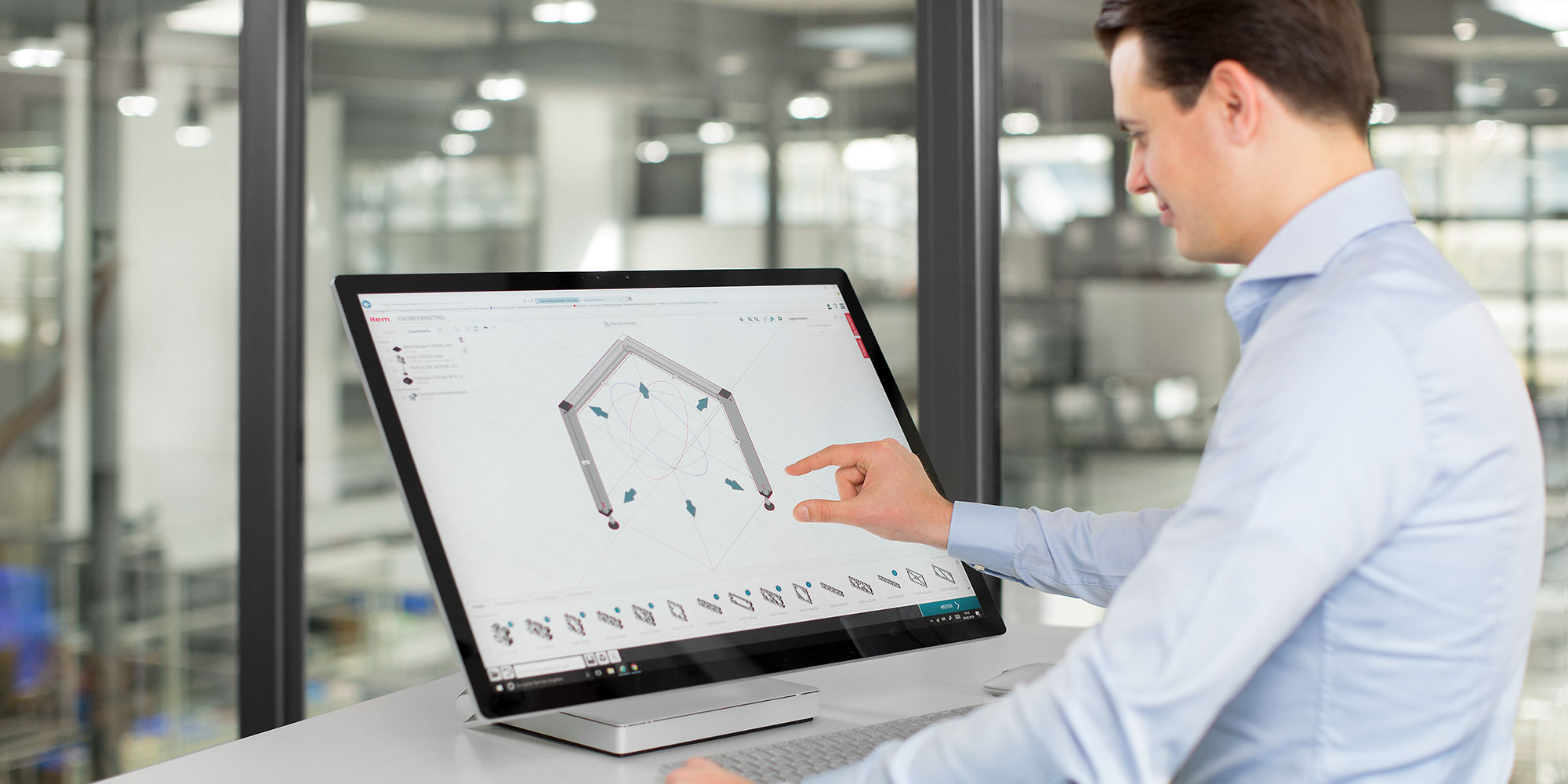

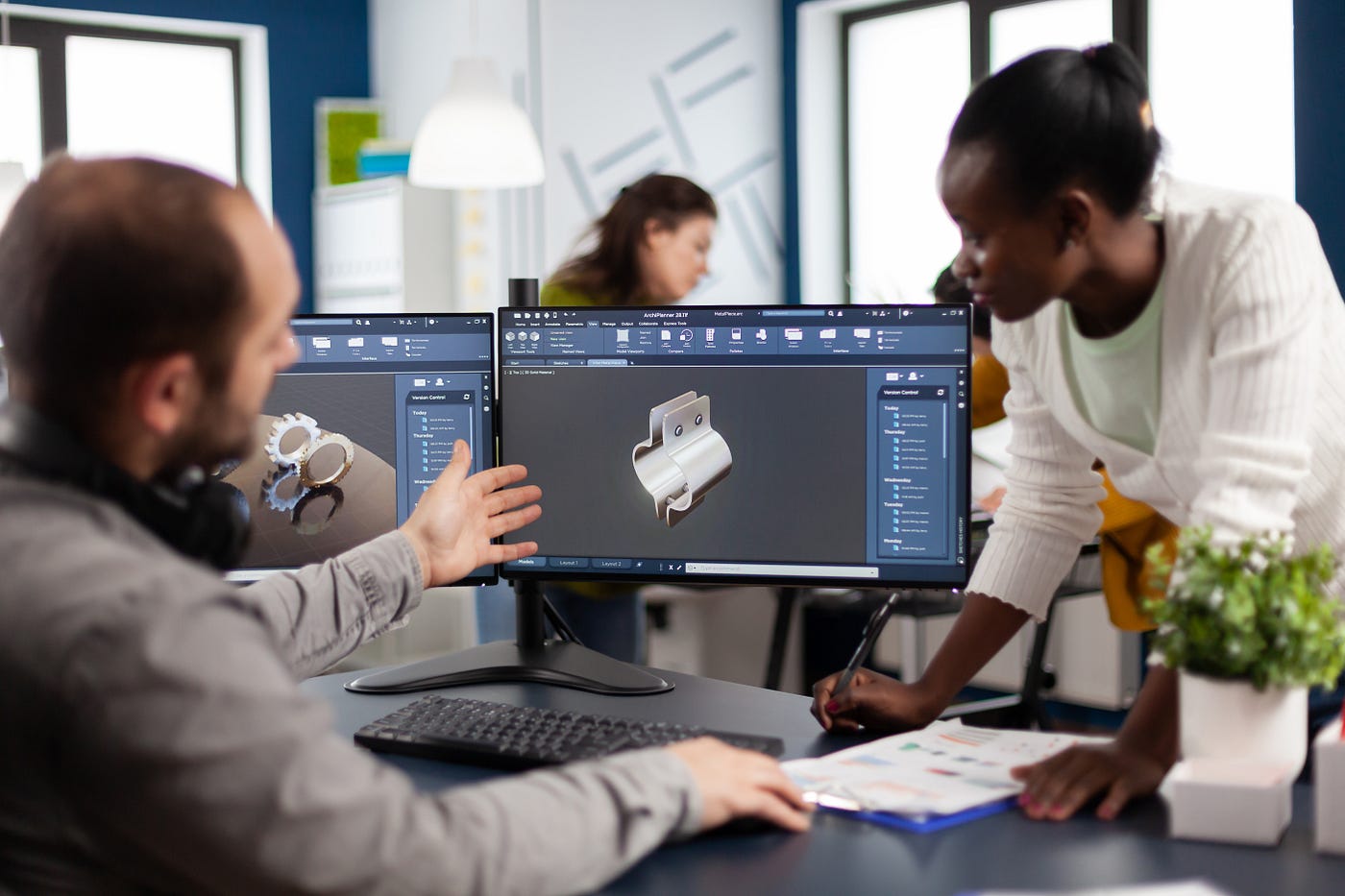
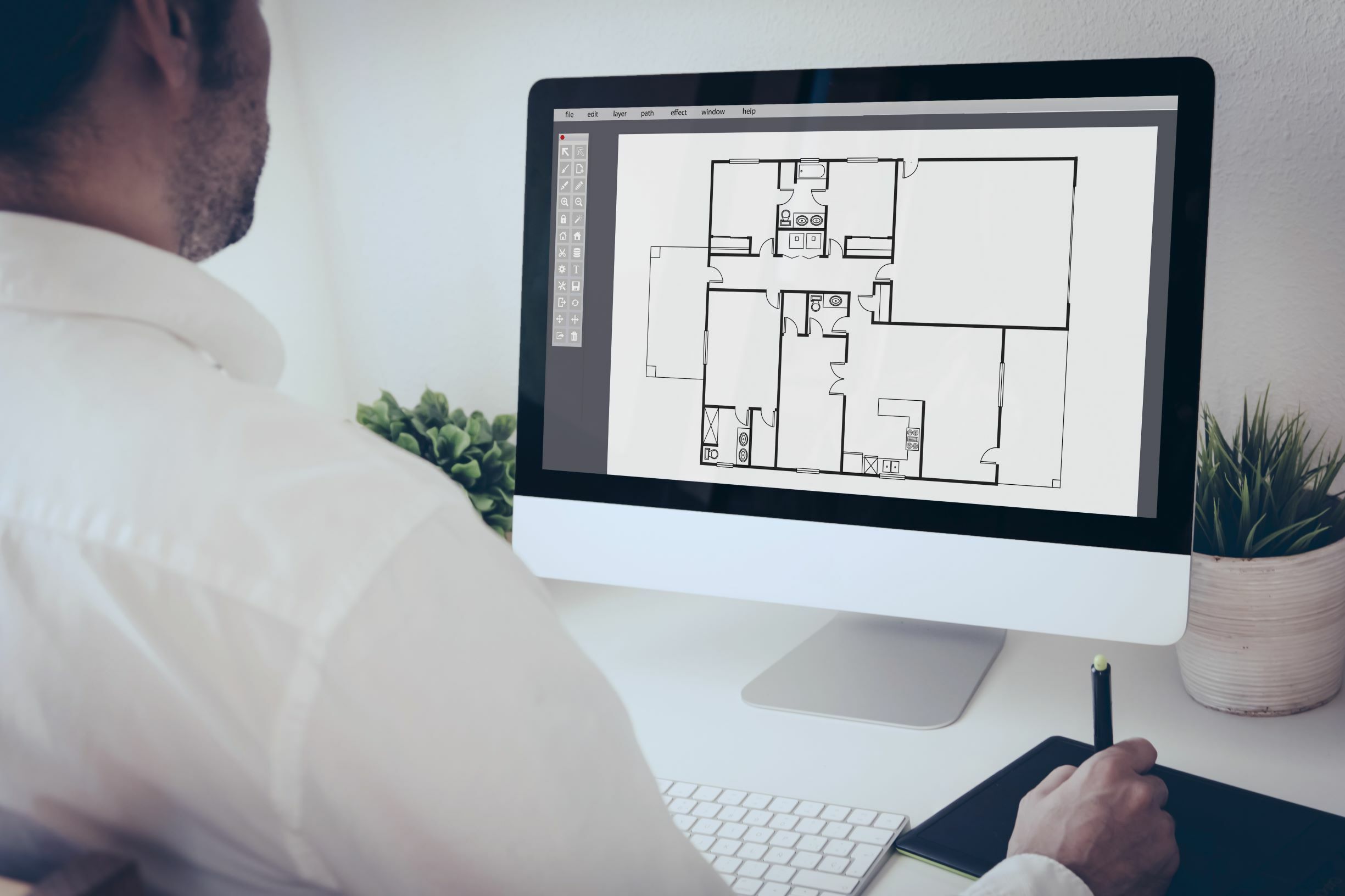

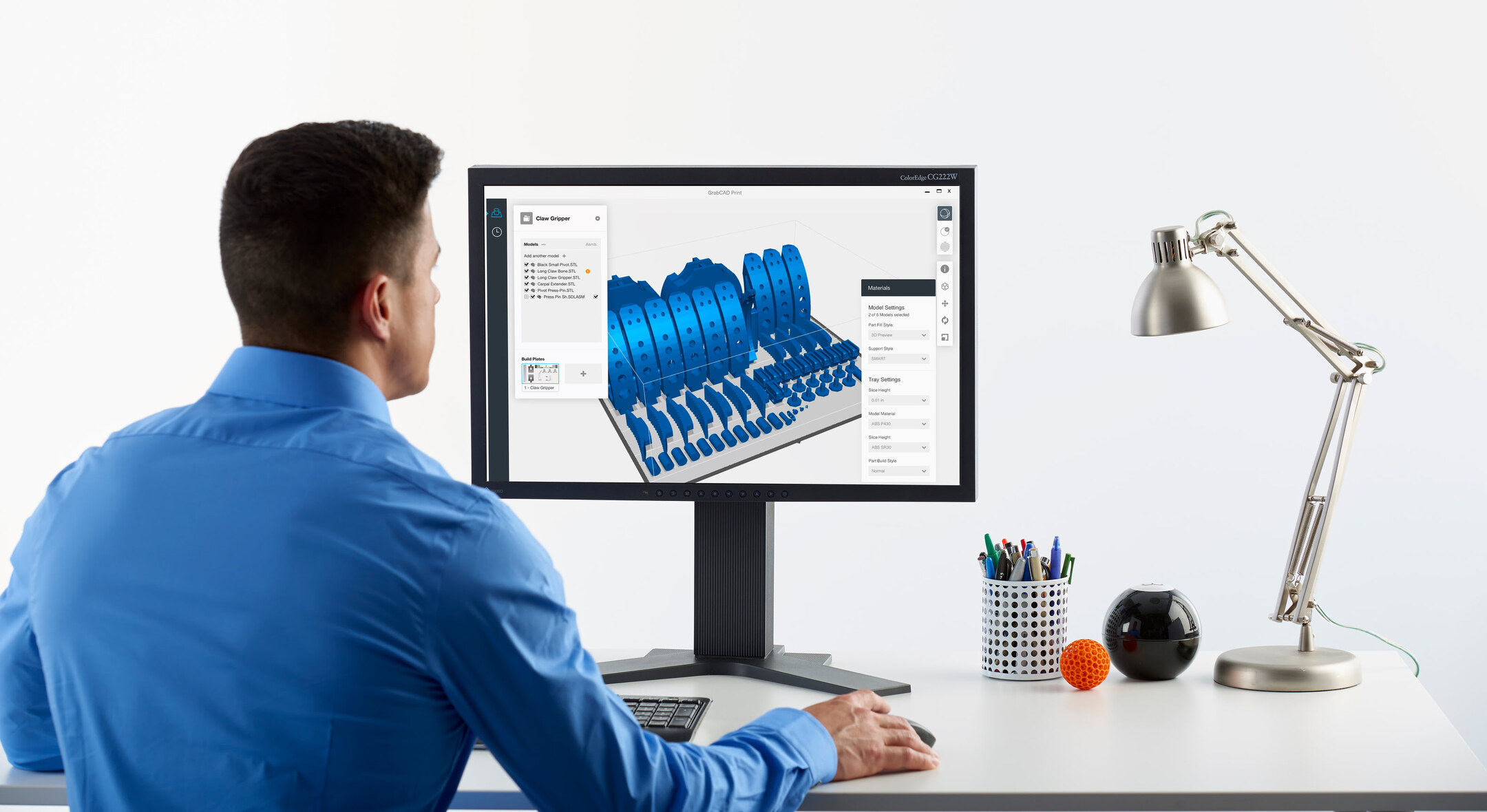
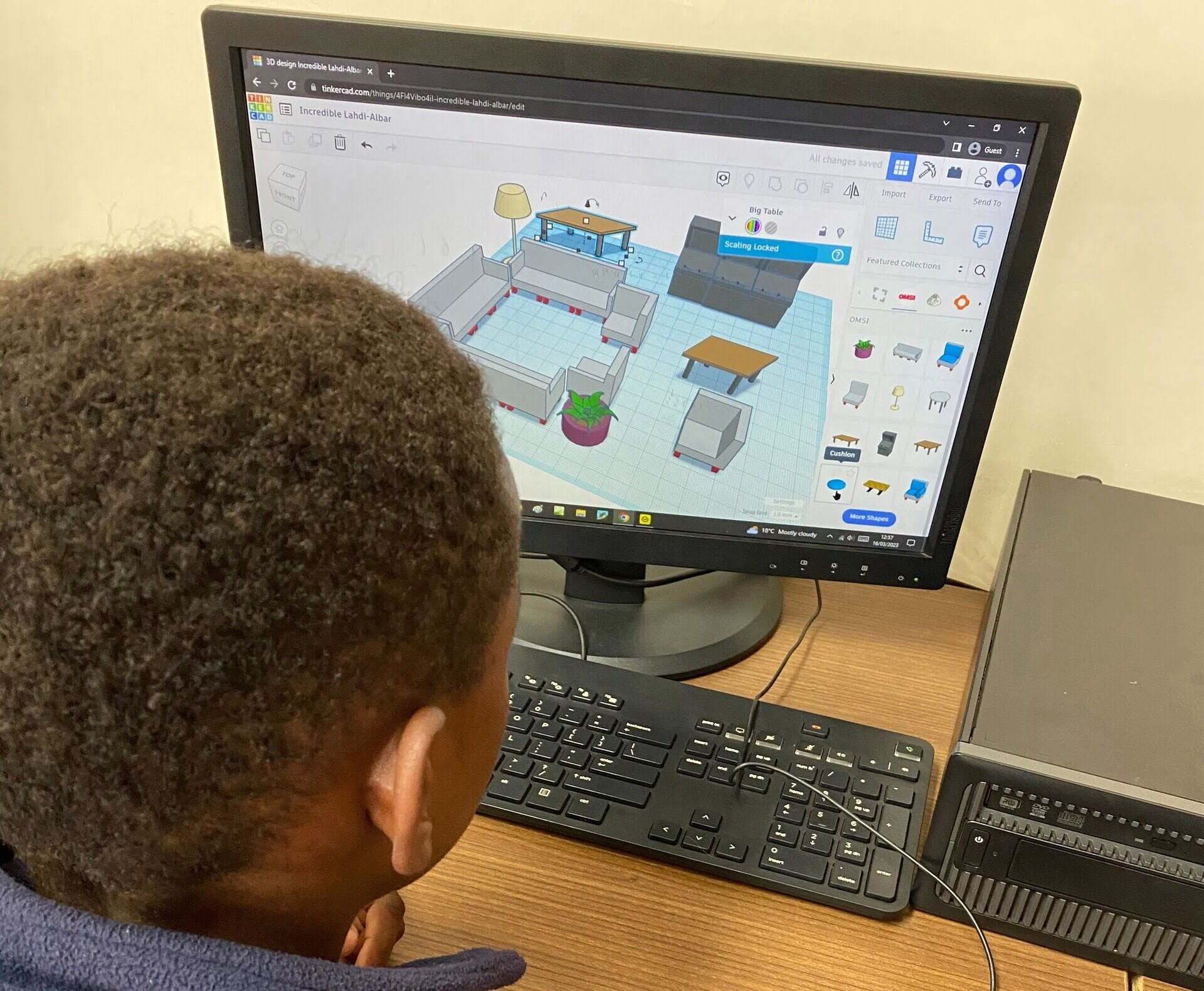


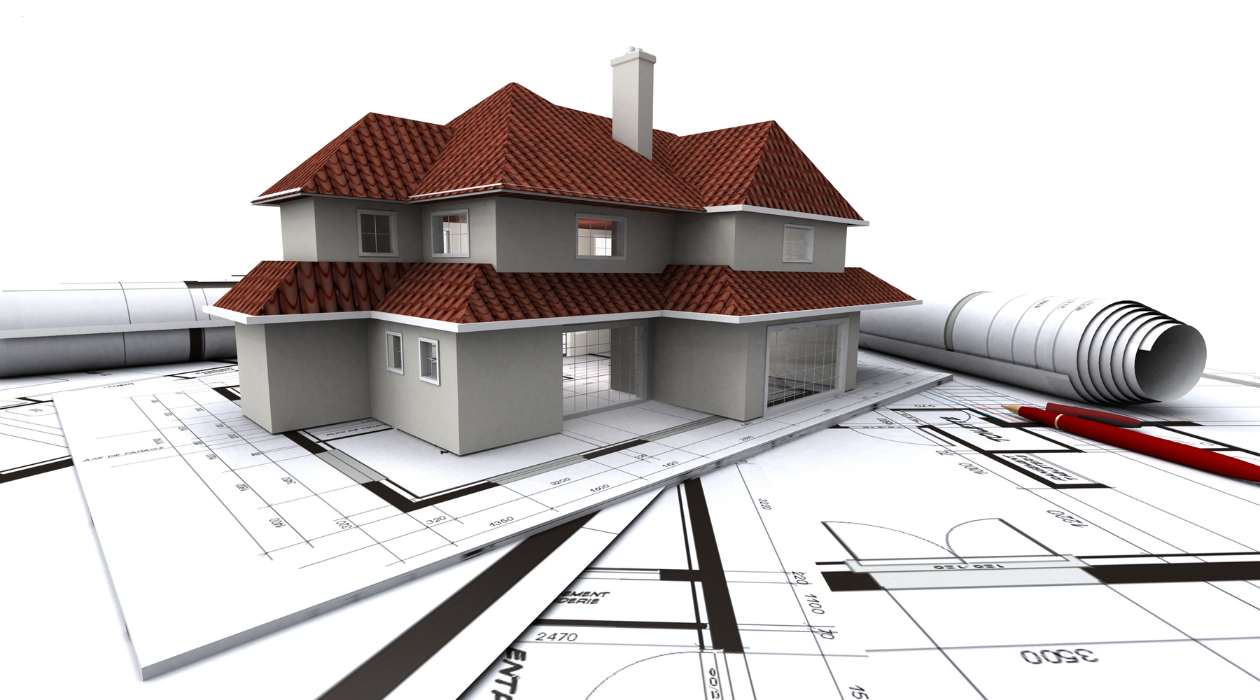
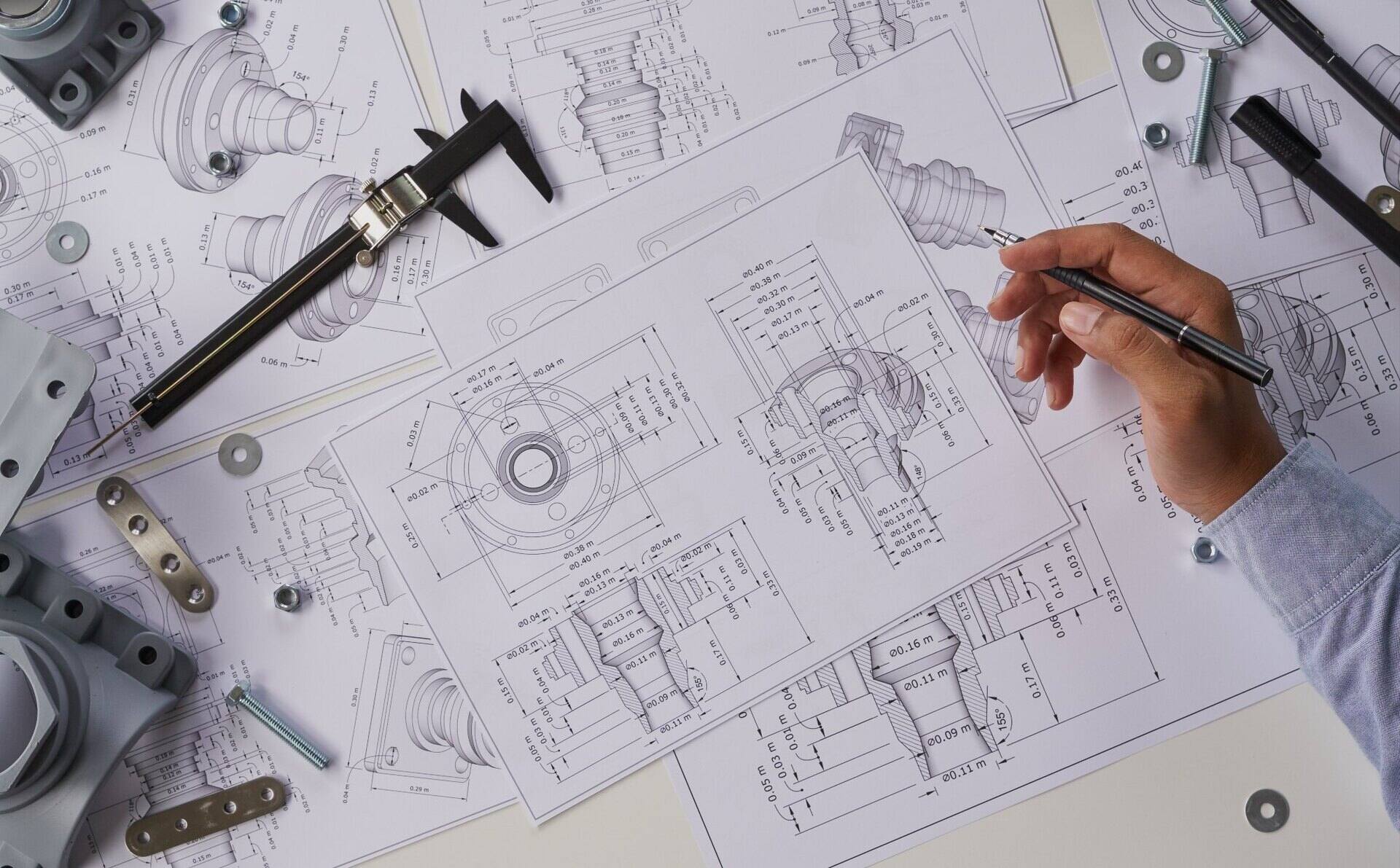


0 thoughts on “What Is The Best Laptop For CAD Programs”